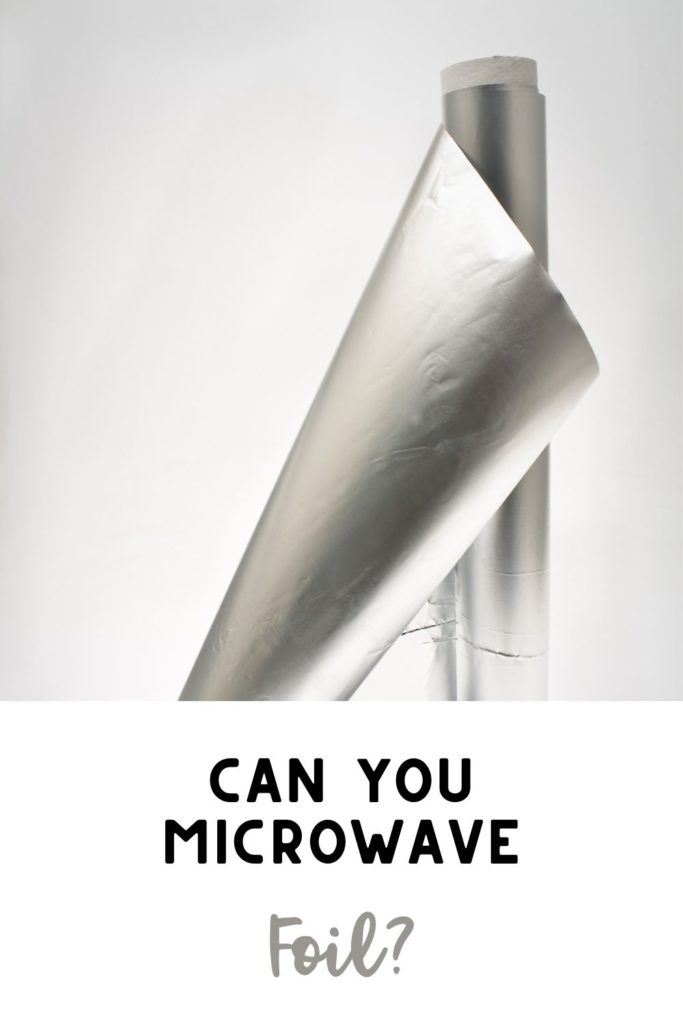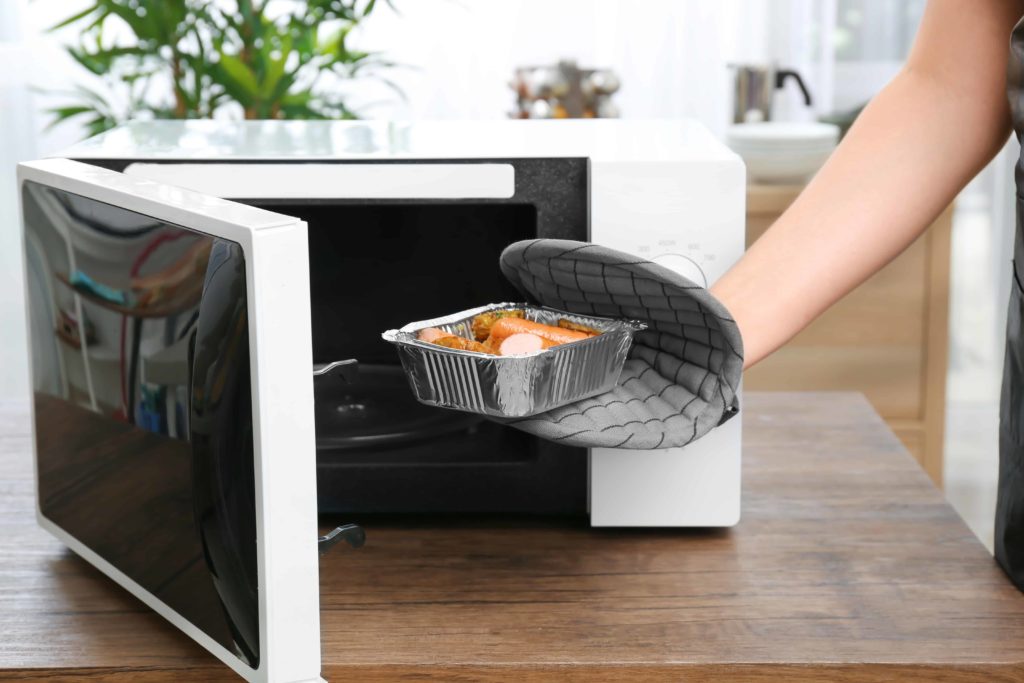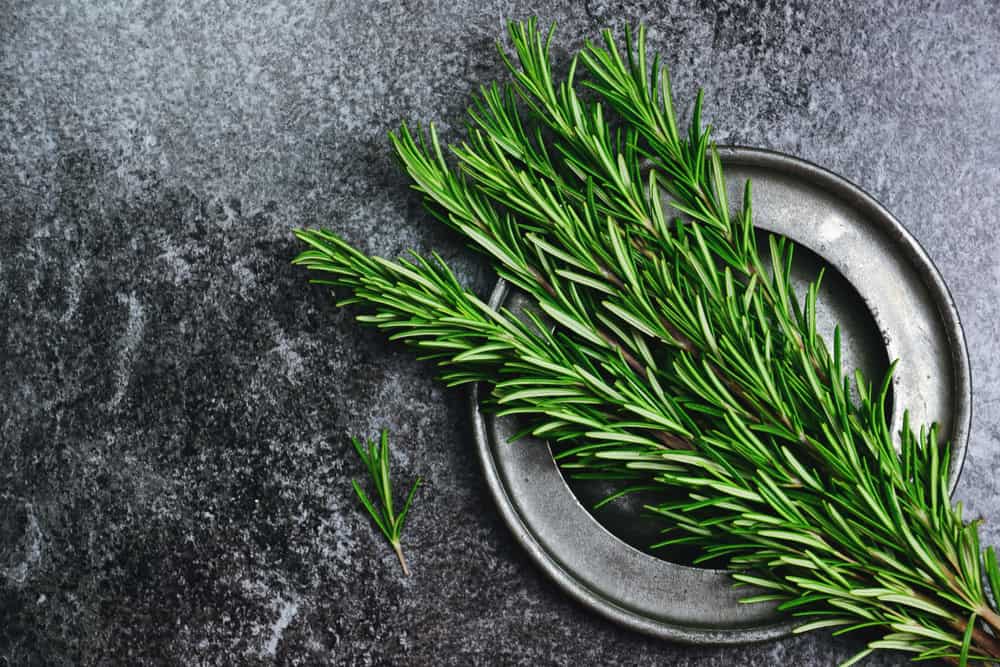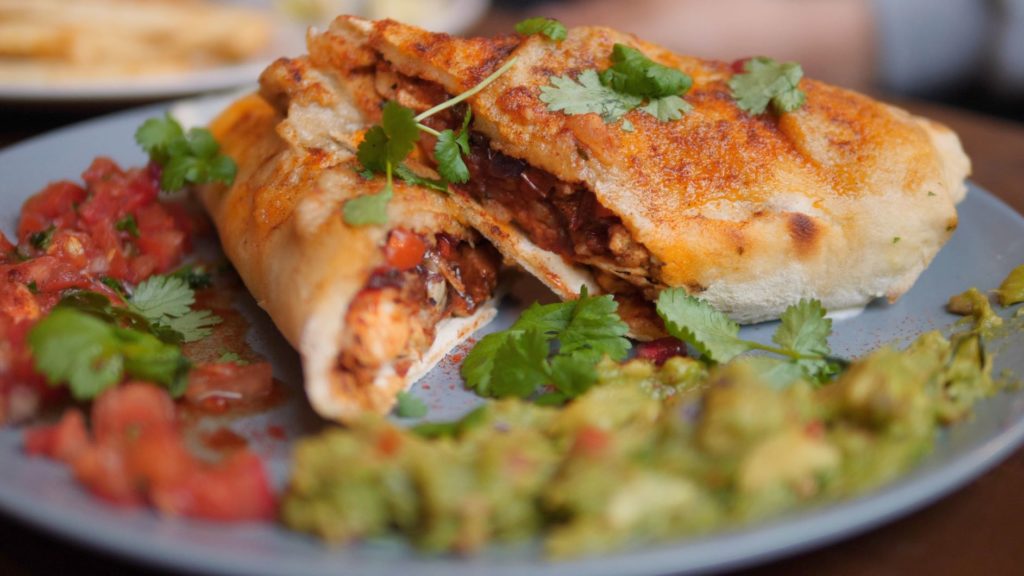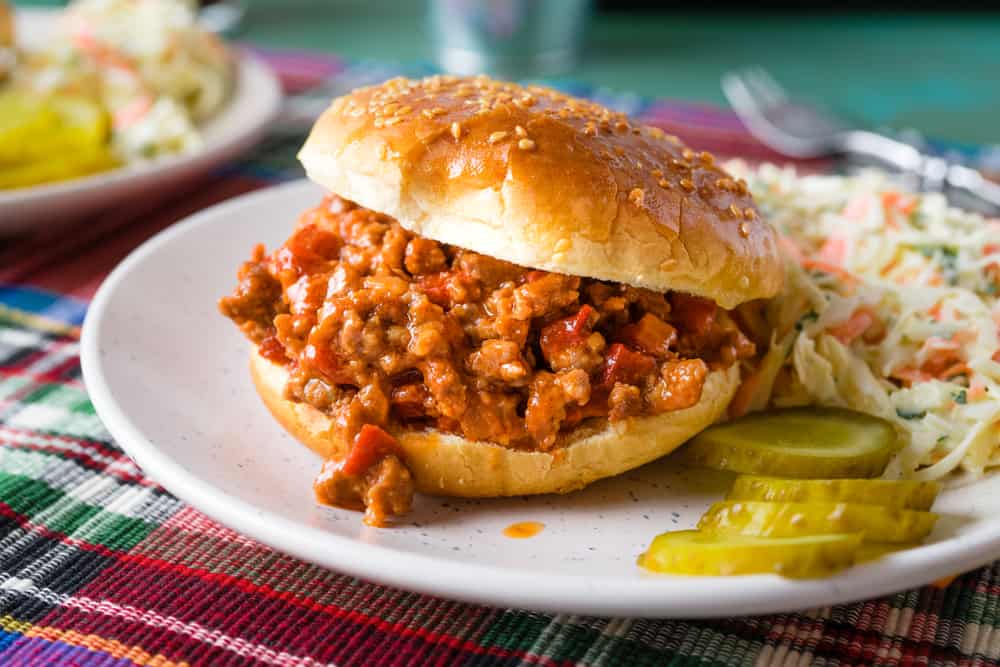The chances are that you’ve thought about microwaving foil, and you are skeptical whether or not it is right. Fortunately, you are not alone—other people have also asked this question—can you microwave foil before.
To clear up the air and ensure you get it right, I’ll step up today and answer this question. Heck, I’ll even go further to tackle some related questions to microwaves and foils—from what happens when you put an aluminum foil in the microwave to what can go into the microwave.
So without further ado, let’s cut to the chase.
This post may contain affiliate links. Read my disclosure policy here.
Can You Microwave Foil?
Yes, you can microwave foil, though it isn’t recommended. Allowing foil to go into your microwave causes sparks, smoke and even worse, fire. Usually, the aluminum foil’s sharp edges are what cause the fire, smoke, and sparks.
Another reason why aluminum foil is not best to go into the microwave is that it is a thin piece of metal that can get very hot when currents pass through them while in the microwave. And worse of all, the microwave is also a metal that bounces the currents back and forth.
And because the foil is a thin metal, it won’t convert the microwaves into heat as it happens with food. So this is why the aluminum foil will get very hot when put in the microwave and sparks will be seen, which can be quite dangerous.
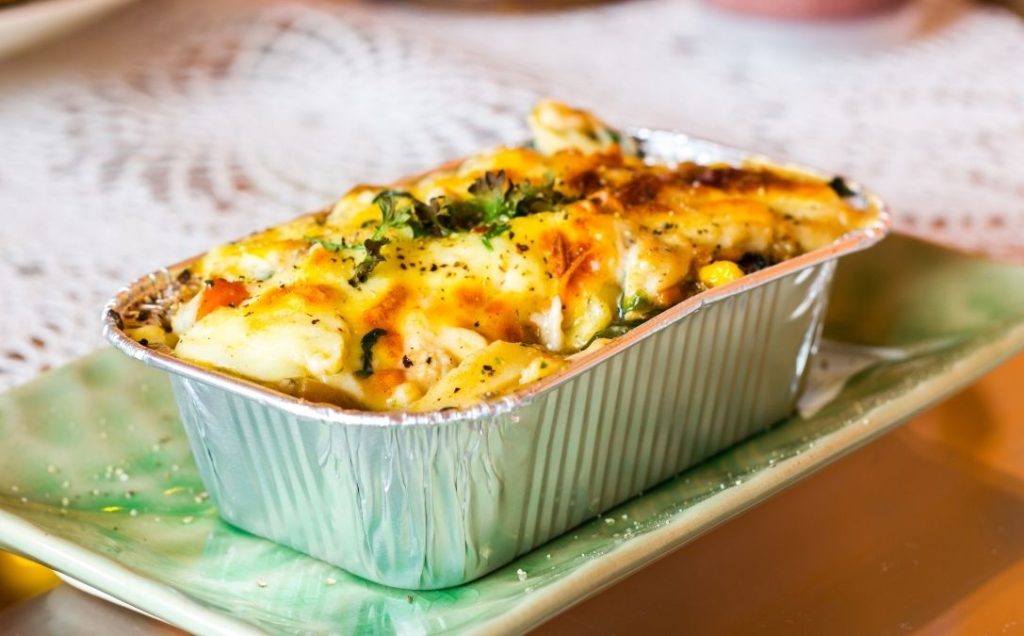
What Happens When I Put Aluminum Foil In the Microwave?
It’s not recommended that you place aluminum foil in the microwave because it will result in sparks, smoke, and, even worse, fire. However, some variables will determine what happens when you place foil into the microwave.
Now, the biggest problem with foil is that it has sharp edges and unfortunately, this is what causes the spark.
In other words, aluminum foil with sharper edges is more dangerous than foils with smooth edges. In a nutshell, if you must put foil into the microwave, then let it have smooth edges.
Also, when the wattage in the microwave is high, the more likely something dangerous might happen. So you also need to watch your wattage as this will heavily impact the overall outcome. Wattage refers to the amount of energy that flows in a specific direction.
When the energy flows in a specific direction, it turns into heat which melts every element. For instance, 1,500 watts can convert to 1,112° F—plus foil melts at 1,221° F. This should give you an insight into how foils can cause sparks while in the microwave.
If You Choose To Use Aluminum Foil—Do This
According to the Food Safety and Inspection Service, you will need to watch out for these rules below if you want to put foil in your microwave:
- Only find aluminum foil with smooth edges like the one with sharp edges will cause sparks
- Minimize the use of aluminum and ensure you have covered only twenty-five percent or less of the food
- Ensure that no foil bits are protruding out
- Ensure that your foil is some distance from the microwave ceiling—precisely one inch
- Try to minimize the usage of aluminum foil in the microwave with metal shelving
Now, it sounds a little bit weird to tell you to cover only part of your food with foil, but this is because your food wouldn’t heat up if you covered the entire of it.
How Do I Know If My Aluminum Foil is Microwave Safe?
Because it’s not recommended to let foil into the microwave, it’s essential to know if your foil is microwave safe—and there are a couple of ways you can determine this.
The first way to know whether or not your foil is microwave safe is to check the manufacturer’s manual to see if there’s any confirmation that it is safe for use in the microwave.
You need to check the box the foil comes in or check the bottom of the foil to see if the manufacturer made any statement hinting it is microwave safe.
However, note that your foil should still be safe for use in the microwave even if you don’t see any of the statements stating so, but only if you follow the above rules.
Finally, you may want to contact the manufacturer through their official website or directly using the contact information. This will help you be sure whether or not it’s safe.
Safety Precautions When Using Aluminum Foil in the Microwave
As I have stated above, you need to look for any label ‘microwave safe’ on the foil or the aluminum foil box to ensure it is safe for use in the microwave.
Another precaution is never to recycle foils in the microwave. To avoid any dangerous occurrences, only use a new foil every time you want to heat your food.
And because you only need to cover the foods you’re heating partially, save your foil for use when you genuinely need it—especially when you need to cover specific parts of a plate to prevent it from overheating.
Finally, avoid putting large foods in the microwave as you place your foil to a greater risk of getting them too close to the microwave interior waves, which could lead to sparks.
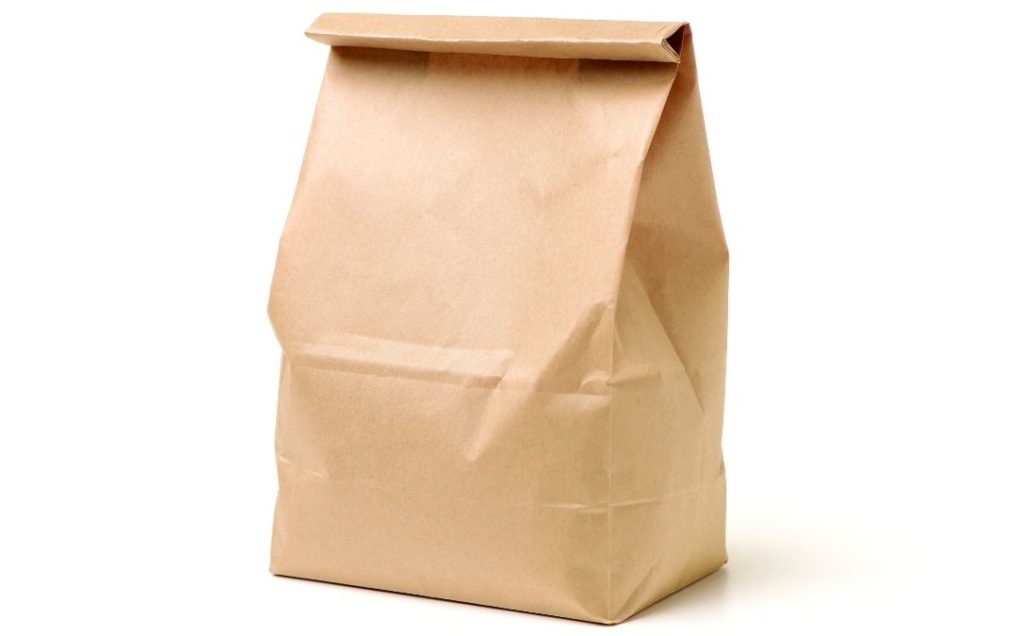
What Other Items Should You Not Put in the Microwave?
- Paper bags—his is because paper bags release toxins, which are notorious for causing fire
- Take-out containers—In any case you have a container with any metallic part, please refrain from letting it go into the oven
- Yogurt and butter containers—Plastic container like those of yogurt should never go into the oven because they can’t withstand the higher temperatures in the microwave
- Eggs—Most people think it’s best to boil eggs in the microwave, but that’s not true. Instead, boil your eggs on the stove
- Styrofoam—People like to test this in the microwave, please don’t because they can be harmful once they are in the microwave
- Styrofoam cups, bowls, take-out containers—As I have said, styrofoam isn’t good going in the microwave because it can release polystyrene, linked to cancer. So anything made of styrofoam isn’t suitable for the microwave
- Grapes—Grapes are not safe to go into the microwave because they have higher chances of exploding and catching fire
- Cookware with metal trim—Anything with a metallic part is a no-no when it comes to whether or not it should go into the oven. So please refrain from letting cookware with any metallic trim into the microwave
- Sauce or dip without a cover—While there’s no danger in putting this in the microwave, the challenge is the mess it’ll leave you with
- Plastic containers—Like the metallic parts, plastics are also a no-no when it comes to things that shouldn’t go into the microwave as they cannot stand the higher temperatures in the microwave
- Hot peppers—Hot pepper isn’t safe in the microwave because of two main reasons—the first reason is that it can catch fire and the second is that the heat from the microwave can make the pepper release chemicals that can damage your eyes
- Stainless steel—Stainless steel is another object that shouldn’t go into the microwave. While most people have always assumed they are safe in the microwave; they are not because they will always block the heat meant to warm anything you want to heat in the mug or plate
- Frozen meat—It’s quite challenging to microwave frozen meat because you may not know how thick the frozen meat is. In a nutshell, there are high chances that your meat won’t cook thoroughly inside. And of course, you wouldn’t love to eat food that’s not fully cooked
What Can I Use in the Microwave?
Since you now know what shouldn’t go into the microwave, how about letting you know what you can confidently put into your microwave? Below are some of the items you can confidently let into the microwave:
- Microwave-safe containers—Any container that’s been labeled ‘microwave safe’ are safe to use in the microwave since it won’t melt when in there
- Glass—Glass will be safe for heating liquids in the microwave
- Ceramic dishes—These are great for heating cold pizzas you bought in town
- Paper plates—These types of plates are all-round plates and can be suited for reheating just anything you can think of in the microwave
- Paper towels—Paper towels are excellent for covering foods so that they don’t splatter
- Napkins—Also suitable for covering foods to minimize the chances of splattering
- Wax paper—A good bet for protecting drinks and foods in the microwave
Related Questions
1. Is It Safe to Use a Microwave After Putting Foil In It?
No, putting foil in the microwave isn’t safe—not because it causes harm to you, but because it could damage your microwave. You don’t want to purchase a microwave frequently because of a mistake you could have easily avoided.
2. Can You Microwave Aluminum Takeout Containers?
No, it is not safe to use aluminum takeout containers because you could damage your microwave in the process or even cause a fire in your house. Instead, you can clear out all the leftovers from the foil takeout container and put them in a glass when you want to reheat.
3. Why Does Foil Spark In the Microwave?
Foil spark in the microwave because the electric currents in the microwave push around electrons in the foil. And when this happens, the air in the microwave will ionize as electrons enter while current passes through the air, causing the sparks.
Can You Microwave Foil – Conclusion
No, so you now know that it is not safe to let in aluminum foil in the microwave as this could cause smoke, sparks and even worse, fire. Besides all these, letting in foil in the microwave could also damage it.

